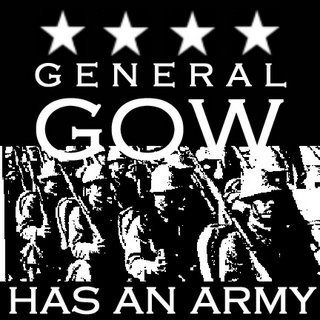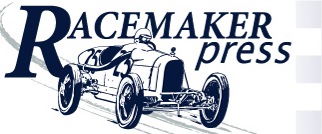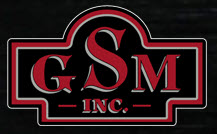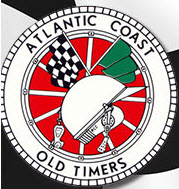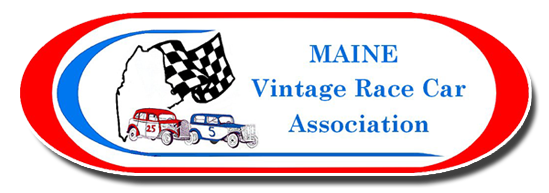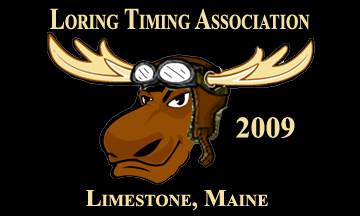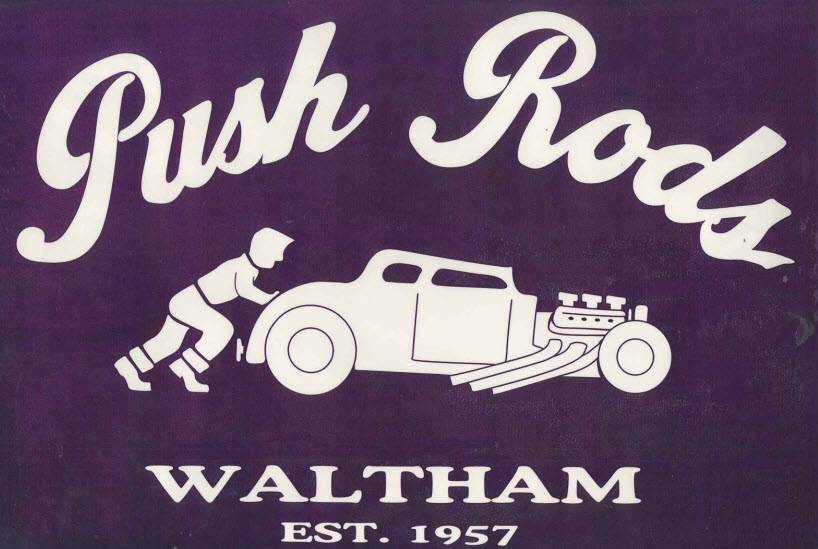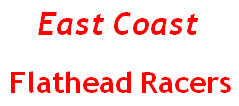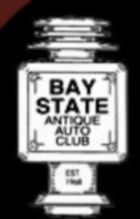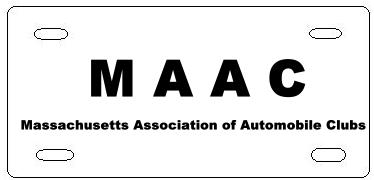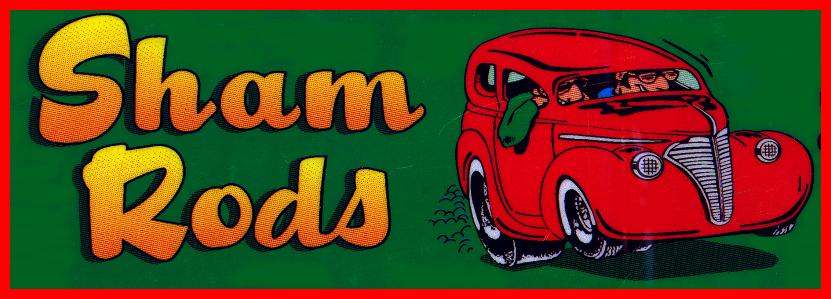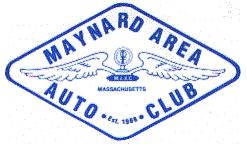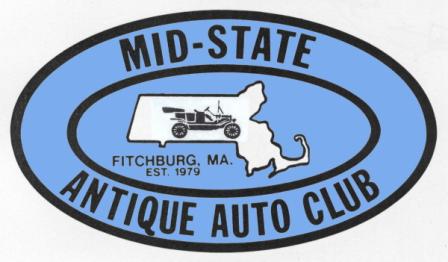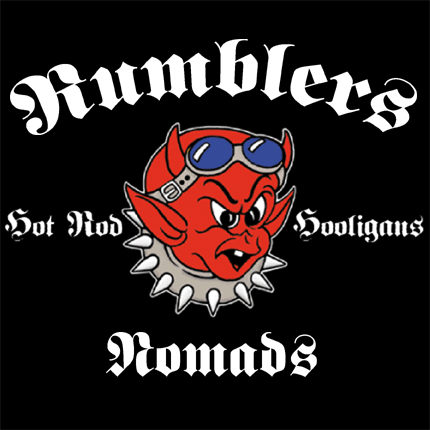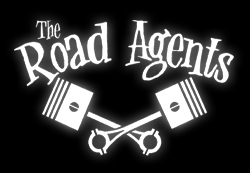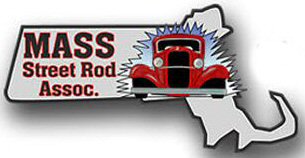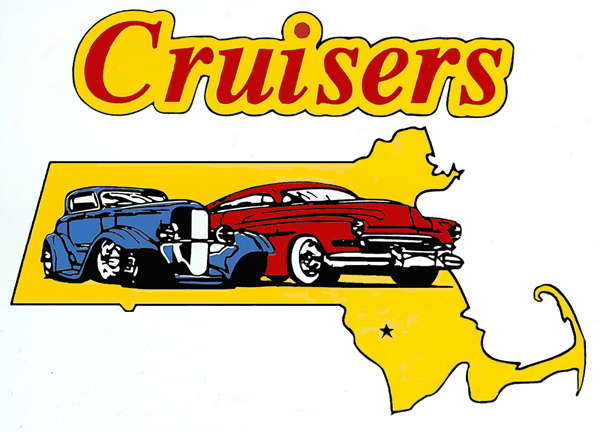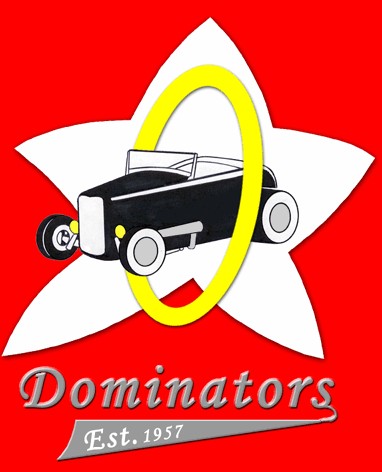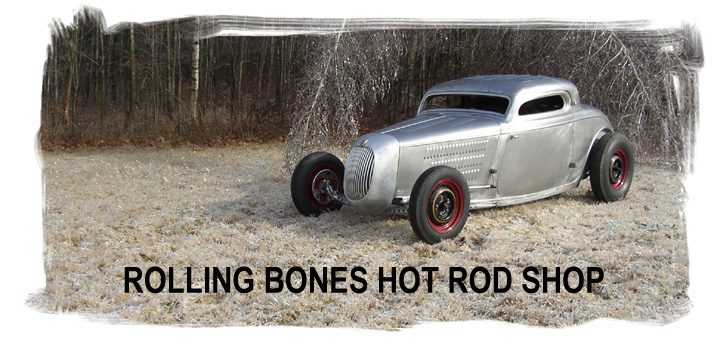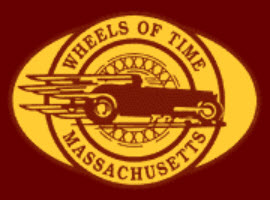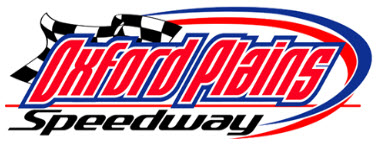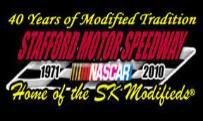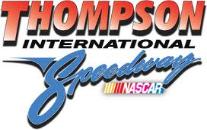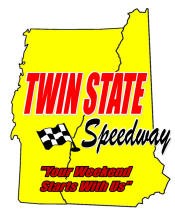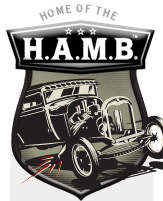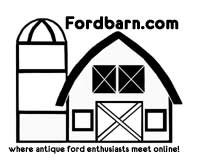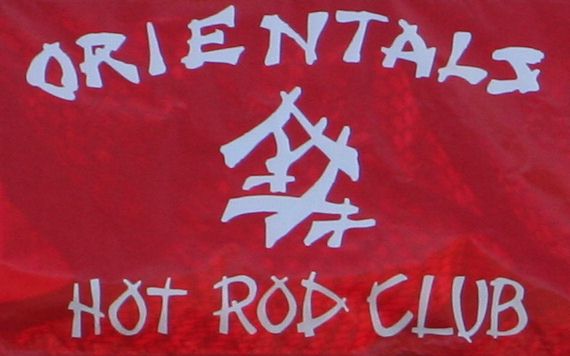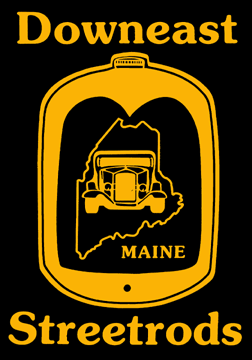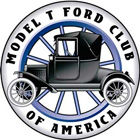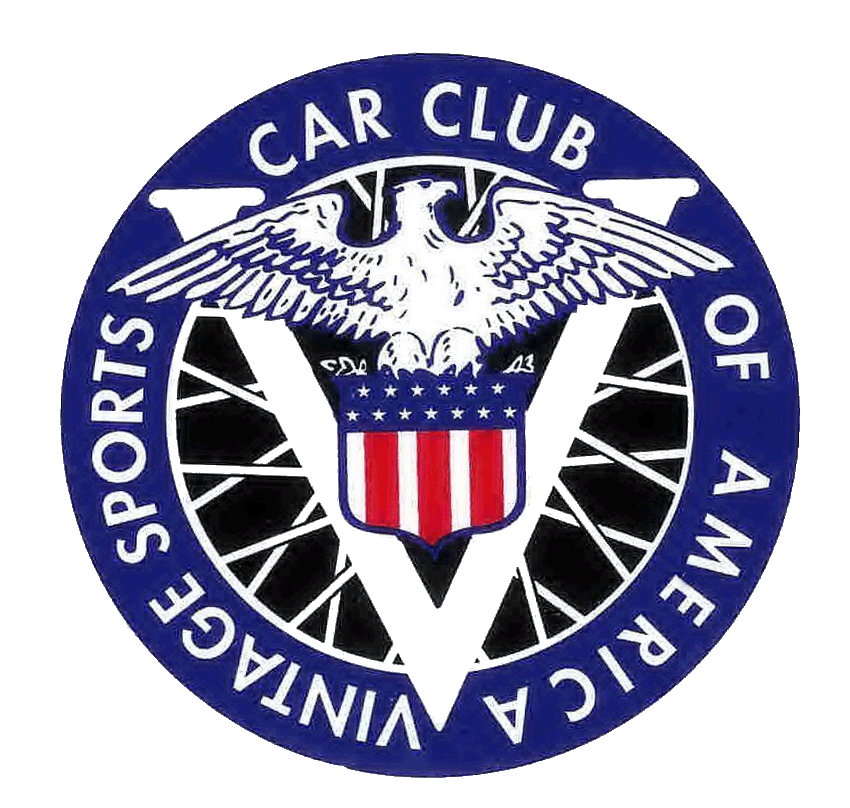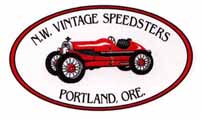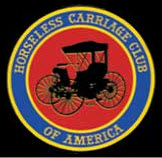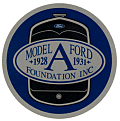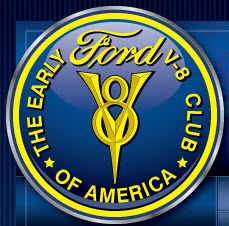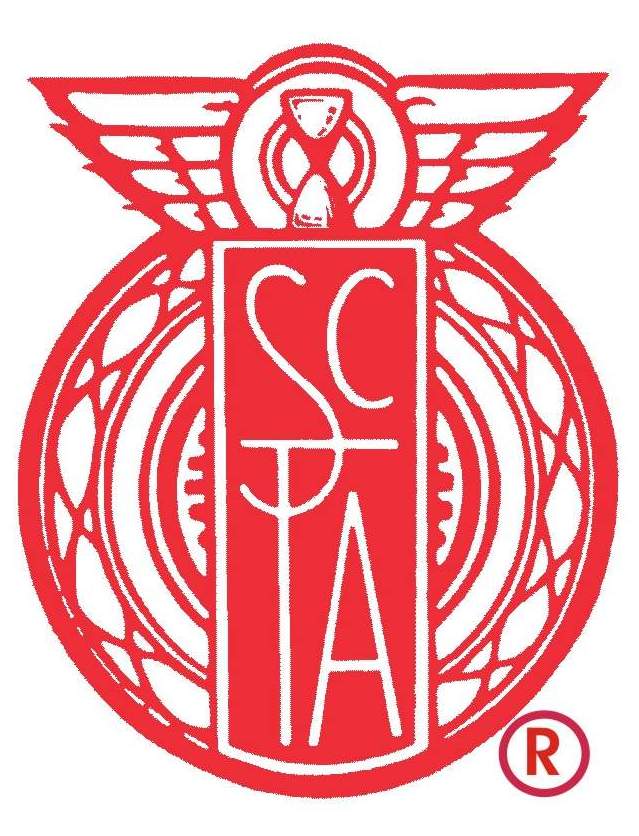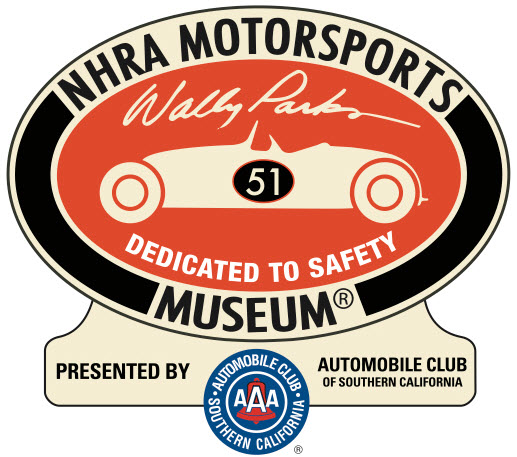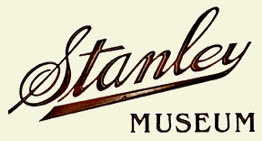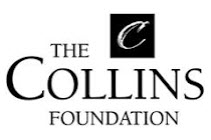The Difference, Ford A,B & C Engines
'What are the differences in the Ford A, B and C engines?'
The 1932 V-8 was introduced as the 'Ford Model 18.' The four cylinder model was designated the 'Model B.' Although the V-8 was a national sensation and sold very well, there were many four cylinder Model B's produced. Compression of the Model B engine was 4.8; the A was 4.2. The Model B engine produced 50 hp at 2800 rpm; the A produced 40 hp at 2200 rpm. The Model 'B' mains were 2" diameter; mains in the 'A' were 1-5/8". 'B' rods were 1-7/8"; A rods were 1-1/2". The 'B' camshaft provided an increase in valve timing duration which contributed to the 50 hp at 2800 rpm. A diaphragm type fuel pump was mounted to the lower right side of the engine block. The water pump mounted with three bolts instead of four. The oil pump forced oil directly to the main bearings under mild pressure. Along with other valve chamber modifications, the oil return pipe was eliminated. Model 'C;' The 1933-34 Ford four cylinder engine has been unofficially dubbed the Model 'C.' This designation cannot be found in Ford literature or correspondence. It is strictly a user connotation. Changes from the 'B' to the 'C' engine included: a crank shaft employing integrally forged counterbalances, a shortened three bolt water water pump housing and a 39 pound flywheel compared to a 62-1/2 pound flywheel provided with the Model 'A.' (The counterbalances make up the difference.) There were 263,765 Model 'B' (and 'C') engines produced between March 9, 1932 and late 1934.
Ford produced the Model 'B' 4 cylinder engine from 1932 - 1934, concurrently with the V-8.
Some noticeable differences between the A and B engines.
The Model "A" engine has a oil return tube on the right side of the engine, that extends
from the lower left corner of the valve cover to the lower right corner of the block. The
"B" engine has no external oil return tube.
The Model "B" engine has a small port on the right side just below the valve chamber
cover for a cam driven fuel pump. This port will either have a fuel pump attached or
have a triangular shaped plate covering the hole.
Both engines use the same manifold gasket. The "A" and "B" manifolds are
interchangeable for either engine. The differences in exhaust manifolds is the angle of
the exhaust tube at the end of the manifold. The "A" is at about 90 degrees (drops
almost straight down) and the "B" manifold drops off at about a 45 degree angle.
Answer above by John Hargrave, Technical Director, MAFCA
Modifications to the B engine included "pressure" feed to the main and cam bearings ; hence there was no need to partially fill the valve chamber with oil so that it could feed by gravity through tubes or holes to these bearings. Rather, oil was pumped directly into a gallery below the chamber and through holes which fed the main and cam bearings. The oil return pipe on the A engine carried away the overage and also cooled the oil as it was returned to the pan.
To understand why this was done, one must consider the engineering of the time. With respect to the main bearings of the crankshaft, Favary (see "Motor Vehicle Engineering - Engines" McGraw-Hill Book Company, Inc.) had this to say in 1926: "When the linear speed of the bearings exceeds 1000 feet per minute, it is most important to maintain a film of oil between the bearing surfaces, hence pressure feed for such bearings in high-speed engines is essential." It should also be noted that a certain volume of oil must also circulate through the bearings to cool them.
Since the main bearing journal size on the B engine was increased to 2" from the 1 5/8" diameter of the Model A, and the engine was rated 50 hp at 2800 rpm instead of the previous 40 at 2250, this linear speed of the crankshaft was thus likely to exceed that which was considered "safe" for adequate lubrication using just gravity feed. At these rated speeds, the A crank linear speed is about 957 ft. per minute; the B is a touch over 1465 ft. per minute.
The above article by Phil Mino



![sos-col[1].gif sos-col[1].gif](/images/stories/auto/sos-col[1].gif)



